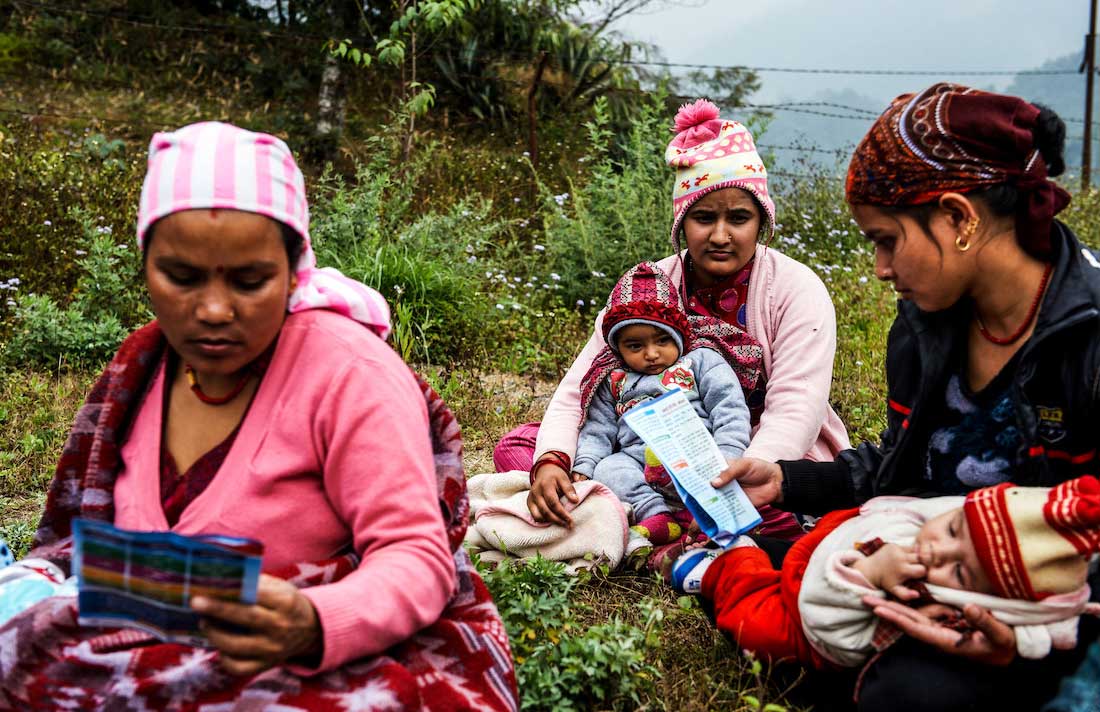Eradicating polio from the face of the earth has sometimes seemed as challenging as climbing Mount Everest, so it’s appropriate that a critical next stage in the polio endgame started in the home of the world’s tallest mountain. At a ceremony last month in Kathmandu, Nepal became the first country to introduce an injectable vaccine against polio with Gavi support, marking the start of an important new phase on the road to eradication.

A baby being vaccinated at the IPV launch in Katmandu, 18th September. Credit: UNICEF
Inactivated polio vaccine (IPV) is set for introduction in more than 70 of the world’s poorest countries by the end of 2015. IPV offers additional protection against polio, boosting the immunity of those who have previously received the oral vaccine and helpingto prevent both the resurgence of wild poliovirus and another poliovirus type that can occasionally result from immunisations with the oral vaccine.

Countries that have applied for Gavi support for IPV vaccine (September 2014).
But protection against polio is only the beginning.
At present routine immunisation systems in these countries also deliver other essential vaccines to prevent common childhood diseases such as whooping cough, diphtheria, tetanus, measles and pneumonia.
For IPV to be successfully introduced, routine immunisation services have to be strong – health workers need to be trained, with all supplies and facilities ready for vaccination.
And the same fridges, supply chains and clinics that will be strengthened to facilitate IPV rollout are also used to store, deliver and administer other life-saving vaccines. So there is potential for improvement across the board in immunisation.
However, this presents a particular challenge for countries where polio is still endemic (Afghanistan, Pakistan and Nigeria), as their routine immunisation systems have traditionally faced many challenges, typically resulting in lower coverage.
Although daunting, it is these challenges and their enormous potential impact that make these next steps in polio eradication and IPV even more important.
By picking up on some of the previously missed opportunities to make the cold chain work for vaccines against polio and other diseases, by strengthening routine immunisation with district-level planning, and by learning strategic lessons from operations in India, for instance, we can achieve something even greater than previously imagined. We can move closer to a world not only free from polio, but one liberated from all vaccine preventable diseases.






